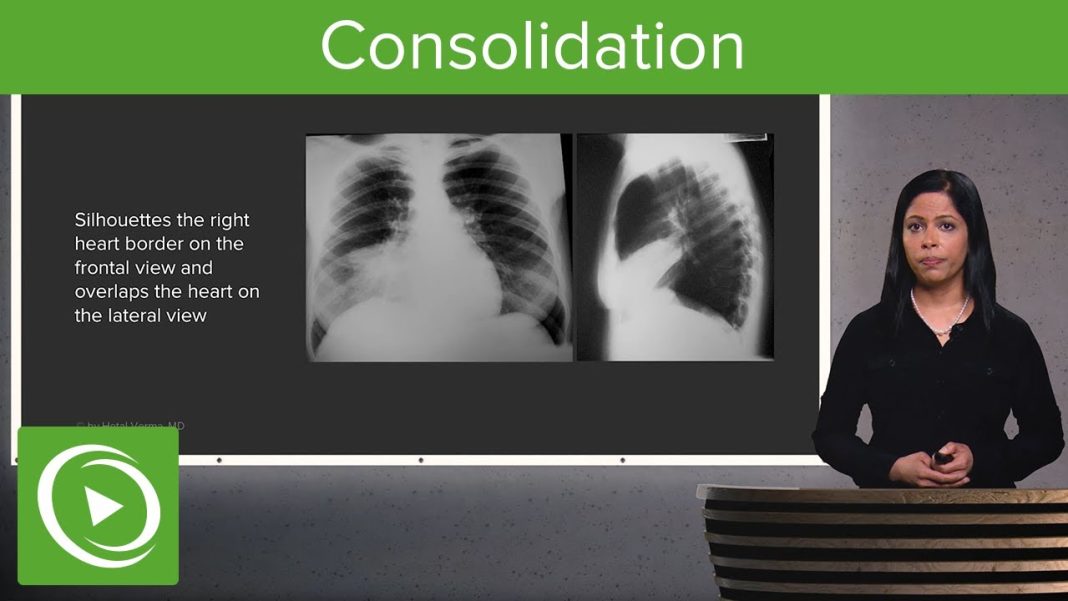 Introduction:
Introduction:
Federal aviation safety officials have issued an “airworthiness directive” ordering inspections on more than 2,600 Boeing 737 series airplanes due to a potential issue with passenger oxygen masks. These inspections are necessary to ensure that the oxygen generators are in their proper position, as out-of-position generators could result in a failure to deliver oxygen to passengers during a loss of cabin pressure. The directive applies to specific Boeing 737 models and has been issued in response to reports of shifting oxygen generators caused by the failure of pressure-sensitive adhesive material. This article will delve deeper into the directive and its implications for airline safety.
Inspection and Corrective Actions:
The airworthiness directive has called for immediate inspections of passenger service unit (PSU) oxygen generators on affected Boeing 737 airplanes. Airline maintenance staff are required to visually inspect the oxygen generator installation, paying close attention to the retention strap thermal pads. Corrective actions must be taken to ensure that the units are serviceable and properly secured. The inspection order also prohibits airlines from installing any affected parts.
The Safety Concern:
The FAA’s directive explicitly states that the order aims to address an “unsafe condition” related to the shifting of PSA oxygen generators within their assemblies. This shifting can occur due to the failure of pressure-sensitive adhesive material on thermal pads that hold the devices in place. If this condition is not addressed, it could lead to non-functional PSU oxygen generators, rendering them unable to provide supplemental oxygen to passengers during a depressurization event.
Affected Airplanes and Timeline:
The airworthiness directive applies to specific Boeing 737 models, including the 737-8, -9, -8200, -700, -800, and -900ER series airplanes. With immediate effect, airlines must comply with the directive within a timeline of 150 days. This means that all potential corrective actions, including inspections and necessary repairs or replacements, must be completed within the given timeframe. The directive affects a total of 2,612 U.S.-registered airplanes.
Boeing’s Response:
Boeing, the manufacturer of the affected aircraft, did not immediately respond to a request for comment on the matter. This directive comes at a challenging time for the company, as it is already facing legal repercussions for the deadly 737 Max crashes in 2018 and 2019. Boeing has agreed to plead guilty to a criminal charge of defrauding the U.S. government in relation to these crashes. As part of the plea deal, Boeing will pay an additional $243.6 million fine and invest $455 million in safety and compliance programs. It will also undergo three years of independent monitoring of its safety and quality control.
Conclusion:
The airworthiness directive issued by federal aviation safety officials highlights the importance of ensuring passenger safety in the event of a loss of cabin pressure. By addressing the shifting of oxygen generators within Boeing 737 airplanes, this directive aims to prevent potential failures in delivering supplemental oxygen to passengers. Airline maintenance staff must conduct visual inspections and take corrective actions within the specified timeline to ensure that the oxygen generators are properly secured. With Boeing’s previous legal challenges in relation to the 737 Max crashes, it remains crucial for the company to prioritize safety and comply with these directives to regain trust and maintain a commitment to passenger safety.


